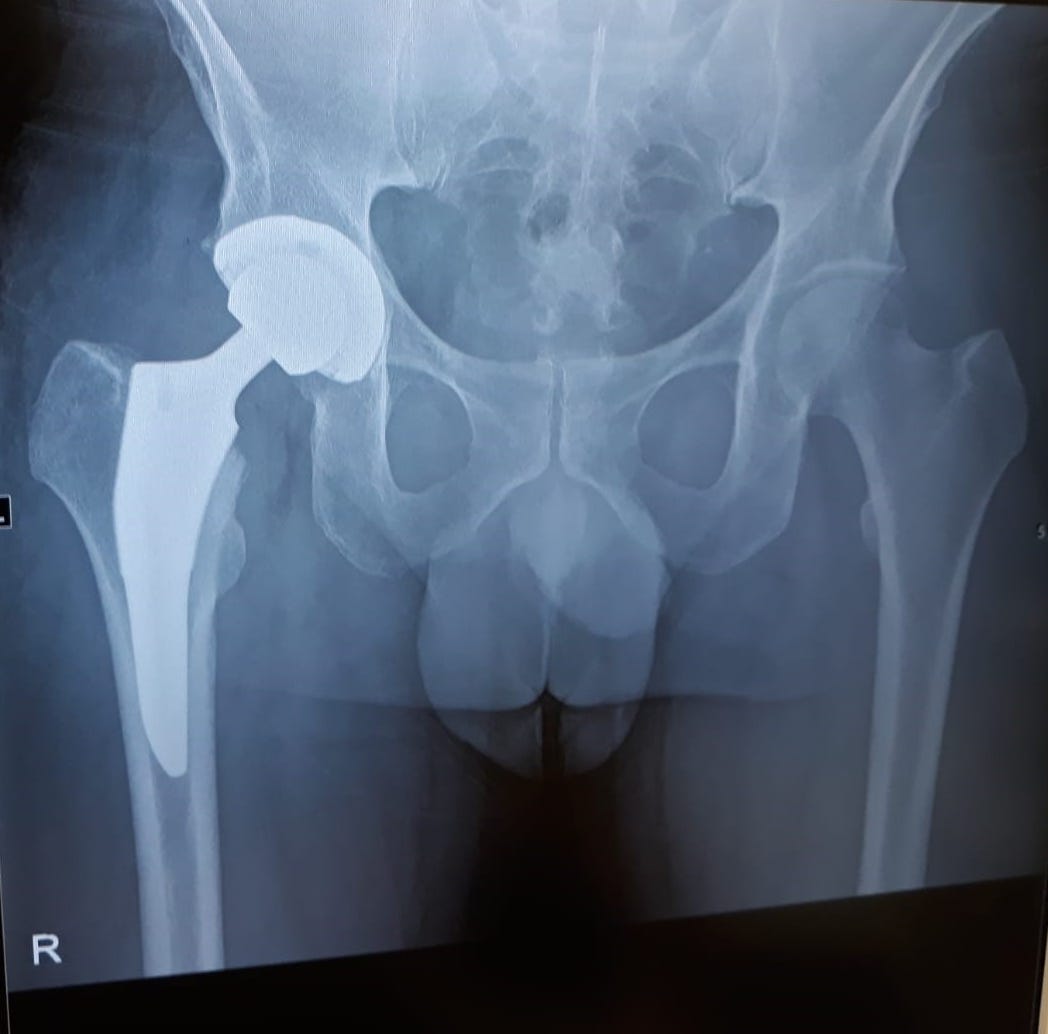100 Million Americans Are Burdened by Medical Debt. Let’s Do Something About It!
Health care costs do not have to be so high. My buddy Brian got his hip replaced for $12,000 and only paid $100 out-of-pocket. But we need to stop allowing what we spend to be squandered.
Kaiser Health News and NPR have performed a tremendous act of public service by documenting the widespread harm caused by medical debt in our country. Their investigation, published last week, estimates 100 million Americans are saddled by medical debt.
The big question is: What are we gonna do about it?
We already knew that the burden of medical debt wa…
Keep reading with a 7-day free trial
Subscribe to Marshall Allen Project to keep reading this post and get 7 days of free access to the full post archives.





